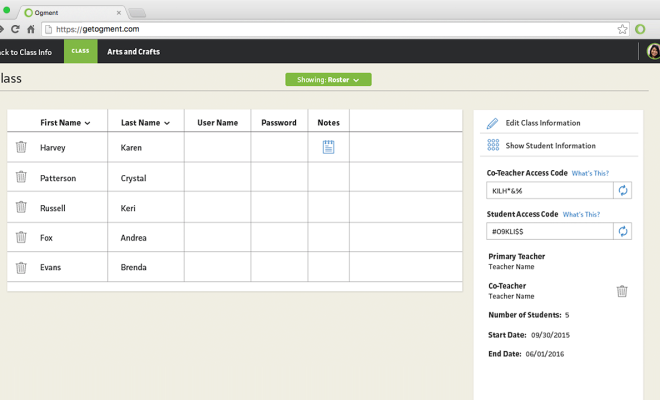Teaching Students About Ecological Resilience

Ecological resilience is a key concept in environmental science, and is essential to understanding how human actions affect ecosystems. As such, it is important for students to develop an understanding of this concept at an early age. By teaching students about ecological resilience, we can help them to develop a sense of responsibility and stewardship towards the environment.
Ecological resilience refers to the ability of an ecosystem to maintain its functional structure and processes in the face of disturbances or changes. This means that even when faced with a natural disaster, a disease outbreak, or human activity, an ecosystem is able to recover and maintain its balance.
One of the best ways to teach students about ecological resilience is through hands-on experiences. For example, teachers can take students on field trips to local ecosystems, such as forests, wetlands, or even urban parks. During these trips, students can observe the ecosystem’s plant and animal life, learn about its natural processes, and identify potential threats to its resilience.
In addition to field trips, there are a variety of classroom activities that can help to teach students about ecological resilience. For example, students can:
1. Create a food web:
Students can work in groups to research and create a food web for a local ecosystem. By understanding the interconnectivity of species within an ecosystem, students can begin to see how changes to one species can impact the entire ecosystem.
2. Conduct water quality testing:
Students can collect water samples from local rivers, lakes, or streams and test them for pH level, dissolved oxygen, and other indicators of water quality. This can help students to understand the importance of maintaining healthy ecosystems.
3. Design ecologically sustainable communities:
Students can work in groups to research and design ecologically sustainable communities. This can help them to understand how human actions can either support or threaten ecological resilience.
4. Engage with local environmental organizations:
Teachers can invite local environmental organizations to speak to students about their work and the threats facing local ecosystems. This can help students to understand the interconnectedness of environmental issues and the importance of taking action to protect the environment.
By teaching students about ecological resilience, we can help to instill a sense of environmental responsibility in the next generation. Through hands-on experiences and classroom activities, students can begin to understand the importance of sustaining ecosystems and taking actions to protect them. As climate change continues to pose threats to many of the world’s ecosystems, it is more important than ever to educate students about ecological resilience and the role that humans can play in supporting it.






